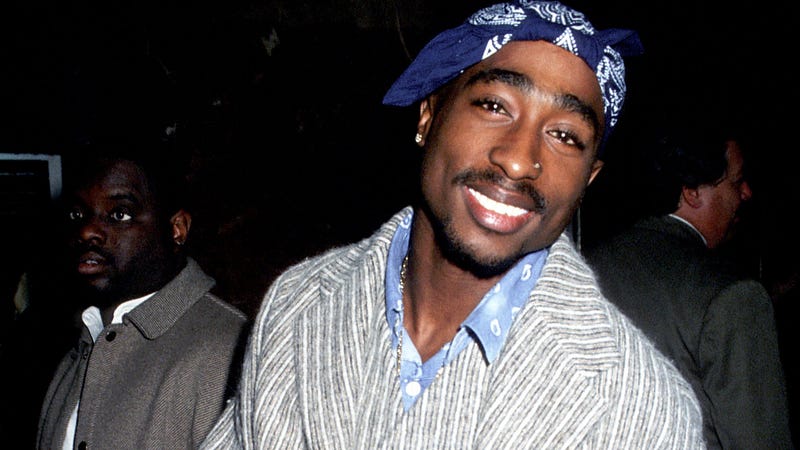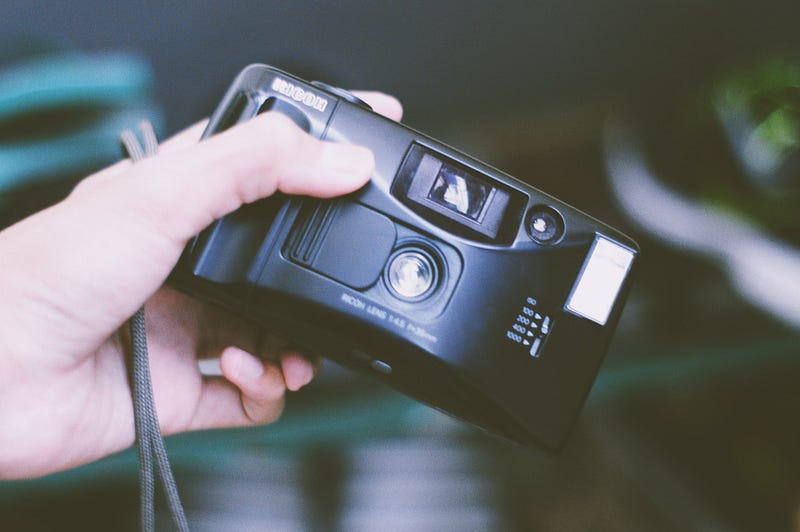Here at Evedo we are starting a new series on our blog exploring different innovations from the event industry and how they are shaping the future of events. Expect interesting posts coming up!
The event industry is without doubt one of the industries which have been affected the most by the COVID-19 pandemic declared by The World Health Organization almost three months ago.
While most offline events worldwide have been canceled or put on hold for now, we at Evedo believe that our industry is far from dead. We have more than enough examples from history of people and companies coming up with exciting innovations exactly during such times of crisis and hardship.
This is why today we decided to share something different and positive, a favorite innovation of ours when we look at the history of the entertainment world. We dig up a little piece we wrote back in November, and we hope you will find this read inspiring!
Roy Orbison, Michael Jackson, Tupac, Frank Zappa, and Billie Holiday are some of the biggest names that not only have remained in our hearts after passing away but are still an “active” part of the music scene today. All these artists have left such a mark that we wish they could stay with us forever. And, as it turns out, there is a way to make that happen…

Holograms! We’ve all heard of them.
A hologram is a physical structure that uses light diffraction to create an image. Invented and developed by Hungarian-British physicist Dennis Gabor in 1948, the holographic method has seen a variety of applications across numerous fields, including data storage, medicine, the security market, and, of course, art.
So what do holograms have to do with some of our favorite musicians?
During the past 15 years, holograms have been explored and utilized as a powerful tool that enables concertgoers to experience performers who are no longer among us. Billie Holiday, The King of Pop and the other above-mentioned are some of the major icons that have been “revived” with the use of CGI, VR, or other similar tech taking inspiration from the concept of holograms and the fundamentals of Pepper’s Ghost, a 19th-century illusion technique. This method is actually the science that brought Tupac to Coachella in 2012 (16 years after his death), and MJ on stage at the 2014 Billboard Music Awards ceremony, taking place 5 years after he lost his life.
Technically speaking, Shakur’s surprising appearance was not really a hologram (as it was more heavily based on the technique of Pepper’s Ghost), but most times such performances have been branded and communicated to the general public as “hologram concerts.” After the iconic show, the hashtag #tupachologram was among the top 10 trending topics on Twitter for 3 weeks in a row. Not only did the phrase “Tupac hologram” collect more than 18 million searches on Google, but the late rapper’s top two singles (I couldn’t find any official information on which are his top two singles, so I asked a hardcore Makaveli fan and, according to him, they must be California Love and Dear Mama) were downloaded more than 33,000 times subsequently after the virtual performance happened at the well-known music festival held in Indio, California.
This is solid proof that such music experiences, brought to life by the combined use of both new and old technology, are indeed engaging consumers and delivering results. By embracing tech like this, we are capable of creating memorable and impactful experiences that affect people in a truly emotional way.
In this case, tech is almost merging the virtual and the real world into one whole entity where a hologram version of your favorite artist is dancing on stage, displaying the same particular manners and behavior you associate with this person, and even interacting with the live band and the audience. How crazy is that.
Experimenting with such technology can potentially open many new doors for the entertainment industry.
If my parents grew up in a time when traveling abroad and attending concerts or festivals was a huge luxury (so they didn’t get to experience their beloved musicians even if they were living at the same time), then my generation is so lucky to exist in a moment in which anything and everything is becoming possible.
Whether you’d like to see someone you started listening to after they were already gone (please sign me up for an Elvis Presley virtual performance!), or you were way too young during some artists’ careers (so you couldn’t go see them live), holograms are a way to make these dreams come true.
Holographic and 3D productions could allow us to enjoy the same show in different places around the world at the same time. The concepts of time, space and distance are no longer viewed in the same way, and this is why many argue that the hologram concert revolution has changed the way we look at concerts (and any other types of live entertainment, like spectacles, circus shows, festivals, etc) forever.
An important notion when it comes to considering the performances of deceased celebrities is the idea of nostalgia. According to trend spotting and innovation platform Trend Hunter, nostalgia is when “fond memories fuel a desire to bring the past into the present, especially with respect to one’s formative years.”
Being one of the biggest trends of 2018 and 2019, we have seen the nostalgia wave go beyond just the fashion industry. Retro electric cars, chubby Dad sneakers, vintage-looking Instagram filters, disposable cameras, and flip phones have taken over our millennial hearts as we have become completely infatuated with the past. But why are we so obsessed with going back in time?

Well, the truth is, the present can sometimes feel a bit overwhelming. (I mean… 2020). Existing in a culture of overabundance and the obsession to be productive, we are swamped with millions of options, tasks, and to-do lists.
In the midst of today’s political, social, and economic chaos, we are collectively daydreaming of a simpler time, when you could just pick up your crush and go enjoy a live concert at the local bar around the corner. There is something more tempting, something which almost seems sweeter, when we imagine going back in time, and how that experience would look like when our camera was capturing life in only black and white.
It’s quite interesting and a little ironic that the more we are advancing in our technology-driven, ever-connected world, the more we are contemplating the past. The nostalgia megatrend is the perfect example of this. We are going both forward and backward at the same time.
And while some of us might be genuinely happy to experience a concert by a music star of the past, there are many criticisms on the monetization of dead artists. According to music journalist Simon Reynolds, hologram tours do not make sense as the inherent idea of live entertainment is to include a live performance by a living performer. He went on to label such shows as “ghost slavery” as they are being organized and performed without receiving real approval from the artists themselves.
There are many ethical (and probably legal) concerns when it comes to the holographic performances of late musicians. Looking at this topic from a purely tech point of view, we are curious to see how this new type of live entertainment might continue to evolve and take over the world of show business providing avid fans with a unique opportunity.
Something we can all learn from this is the idea that sometimes it might be healthy to look into the past and let ourselves reminisce. Coming together because of our shared feeling of nostalgia might be a good way for people to reconnect and unite. Nostalgia might guide us to newfound revelations we can only discover through practices that feel almost like time traveling.
Technology will undoubtedly continue to advance and affect our lives in (positive and negative) ways we cannot yet completely foresee, but it is also important to remember and honor our past, always trying to learn and do better next time around.
Escaping from the present to indulge in music we still love (by attending a hologram concert) is an extraordinary experience for some, and a freaky, immoral idea for others.
What is your take on this? Would you go see a hologram version of your favorite artist? We’d love to hear your thoughts in the comments section.
Such services, like creating holograms for concerts, and many more, could be discovered and booked through our B2B marketplace (still in Alpha) where event organizers can find anything they need. This platform that’s part of Evedo’s ecosystem unites all innovative services and products, artists and brands, and just everything event-related under one roof!
If you want to become a part of the event change follow our community channels:
Website: www.evedo.co
Email: info@evedo.co
Telegram: https://t.me/evedoco
Facebook: https://www.facebook.com/evedo.co
Twitter: https://twitter.com/evedotoken
Reddit: https://www.reddit.com/r/Evedo
Instagram: https://www.instagram.com/evedo.co







